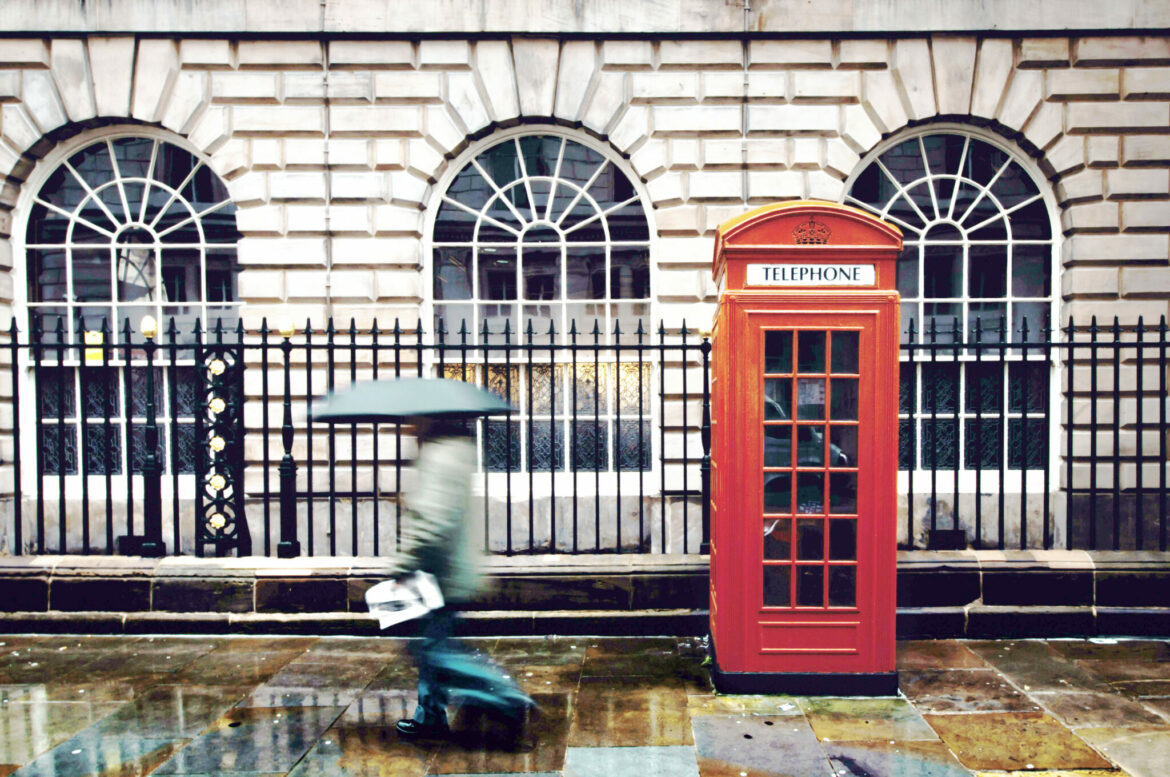About The Royal Crescent
The Royal Crescent in Bath, UK is a prime example of Georgian architecture and is a significant historical landmark. It comprises 30 terraced houses laid out in a sweeping crescent shape, designed by the architect John Wood the Younger. The uniformity of the facades, with their elegant columns and decorative details, creates a sense of grandeur and symmetry. The Royal Crescent is set against the backdrop of the picturesque city of Bath, known for its Roman-built baths and stunning natural surroundings. The site offers visitors a glimpse into the past, showcasing the architectural brilliance of the Georgian era. It stands as a testament to the sophistication and cultural richness of its time, attracting admirers from around the world who come to appreciate its beauty and intricate design.
Interesting facts about The Royal Crescent
- The Royal Crescent in Bath, UK is a row of 30 terraced houses built in a crescent shape.
- It was designed by the architect John Wood the Younger and completed in 1774.
- The buildings are made of Bath stone, a type of limestone commonly found in the area.
- The Royal Crescent is a prime example of Georgian architecture and is considered one of the most iconic landmarks in Bath.
- The crescent overlooks Royal Victoria Park and offers stunning views of the city and surrounding countryside.
- Many of the houses on The Royal Crescent are privately owned and some are even available for short-term rental.
- The Royal Crescent has been featured in numerous films and TV shows, adding to its allure and popularity.
- The crescent is part of the Bath UNESCO World Heritage Site, recognizing its cultural significance and architectural beauty.
- Visitors can take guided tours of The Royal Crescent to learn more about its history and the people who have lived there over the centuries.
- The Royal Crescent is a must-visit destination for architecture lovers and history enthusiasts exploring the city of Bath.
Frequently asked questions
1. Where is The Royal Crescent located in Bath, UK?
The Royal Crescent is located in the city of Bath, Somerset, United Kingdom.
2. Who designed The Royal Crescent?
The Royal Crescent was designed by the architect John Wood the Younger in the 18th century.
3. How many townhouses are there in The Royal Crescent?
There are a total of 30 townhouses in The Royal Crescent, each with its unique design and architecture.
4. What is the architectural style of The Royal Crescent?
The architectural style of The Royal Crescent is Georgian, characterized by its elegant, symmetrical facades.
5. Is The Royal Crescent open to the public?
Although The Royal Crescent is primarily a residential area, some parts of it, such as No. 1 Royal Crescent, are open to the public as a museum.
6. What is the significance of The Royal Crescent in Bath's history?
The Royal Crescent is a prominent example of Georgian architecture and is considered one of the most iconic landmarks in Bath, reflecting the city's rich history and heritage.
7. Can visitors explore the gardens behind The Royal Crescent?
Unfortunately, the gardens behind The Royal Crescent are private and not accessible to the public.
8. Are there any events or special tours held at The Royal Crescent?
Throughout the year, there are various events, guided tours, and exhibitions held at The Royal Crescent, offering visitors a chance to learn more about its history and architecture.
9. What are some nearby attractions to The Royal Crescent in Bath?
Some nearby attractions to The Royal Crescent in Bath include the Roman Baths, Bath Abbey, and the Jane Austen Centre.
10. Can visitors stay overnight at The Royal Crescent?
Yes, there is a luxury hotel located within The Royal Crescent where visitors can stay overnight and experience the grandeur of this historical landmark.
What people love about it
I recently visited The Royal Crescent in Bath, UK and found it quite impressive. The grandeur of the historical architecture and the scenic views were quite captivating. The ambience was serene and peaceful, making it a perfect spot for a leisurely stroll. The attention to detail in the design of each building was truly remarkable. Overall, The Royal Crescent left a lasting impression on me and I would definitely recommend it to anyone visiting Bath.
How to get to The Royal Crescent
To get to The Royal Crescent in Bath, UK, you have a few options depending on your starting point.
If you are traveling by train, you can take a train to Bath Spa train station, which is the nearest train station to The Royal Crescent. From there, you can either walk for around 15-20 minutes to reach The Royal Crescent or take a taxi or public transport to get there.
If you are driving, you can input "The Royal Crescent, Bath" into your GPS or maps app to get directions to the location. There is limited parking available near The Royal Crescent, so it's advisable to check for nearby parking options in advance.
If you are coming from within Bath city center, you can also walk to The Royal Crescent as it is located in a central area and easily accessible on foot.
Overall, The Royal Crescent is a popular and well-known landmark in Bath, making it relatively easy to find and access by various modes of transportation.
When to visit
The best time of year to visit The Royal Crescent in Bath, UK is typically during the spring or summer months, from late April to early September. During this time, you can enjoy pleasant weather, blooming gardens, and longer daylight hours to fully appreciate the beauty of The Royal Crescent and its surroundings. Additionally, many outdoor events and festivals take place in Bath during the warmer months, providing visitors with a vibrant atmosphere and plenty of activities to enjoy. Keep in mind that the summer months can be quite busy, so booking accommodations and attractions in advance is recommended.
Table of Contents

